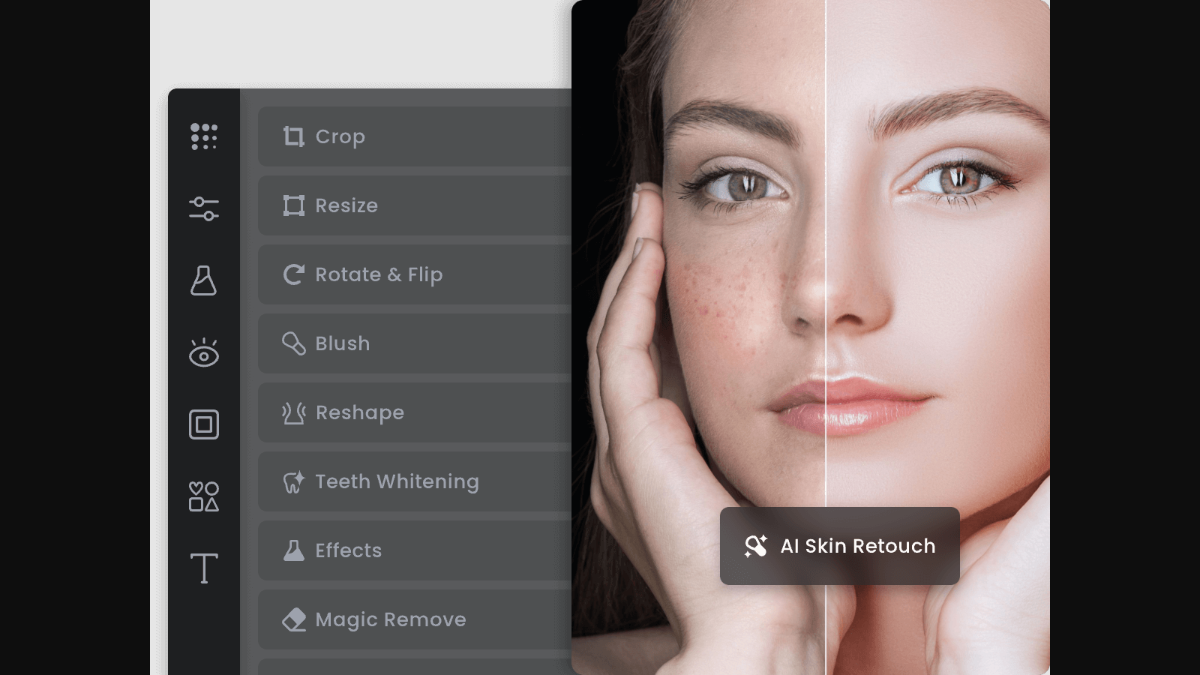Stable Diffusion (by Stability AI)
Generate stunning, high-quality images from text with Stable Diffusion's easy-to-use, privacy-focused AI, available online for free.

On this page
Product Info
What is Stable Diffusion (by Stability AI)?
Stable Diffusion by Stability AI revolutionizes the way we generate digital art with its cutting-edge text-to-image diffusion model. Imagine transforming simple text prompts into stunning, photo-realistic images within seconds—this is the power of Stable Diffusion. Whether you're an artist seeking inspiration or a creative professional looking to streamline your workflow, this tool offers the freedom to create captivating imagery effortlessly and at no cost.
At its core, Stable Diffusion stands out with its easy-to-use interface and high-quality image generation capabilities. Powered by GPU technology, it ensures rapid image creation without sacrificing detail or clarity. Furthermore, the platform is privacy-focused, ensuring your personal information remains secure. This combination of speed, quality, and privacy not only sets Stable Diffusion apart but also empowers millions to explore their artistic potential seamlessly online.
Features
Dual-Stage Image Generation Pipeline
Stable Diffusion's Dual-Stage Image Generation Pipeline optimizes the creation process by using a base model for initial image generation, followed by a refiner model that enhances details. This two-step approach enables the production of photorealistic images with high resolution while maintaining computational efficiency. For instance, digital artists can leverage this feature to create lifelike illustrations or 3D models that require intricate detailing without overburdening their systems.
Multimodal Text Encoding
The Multimodal Text Encoding feature employs dual text encoders—OpenCLIP ViT-bigG/14 and CLIP-ViT/L—to process input prompts. This significantly enhances the semantic understanding of text, allowing for the accurate rendering of complex concepts. This feature is particularly beneficial for content creators who need precise visual representations of their ideas, ensuring that the generated images closely align with their intended vision.
Aspect Ratio Conditioning
Aspect Ratio Conditioning allows users to maintain the integrity of training data across various crop sizes and aspect ratios. This feature gives users precise control over image composition, making it ideal for designing content tailored to specific display formats, such as banners or social media posts. By preserving the aspect ratio, designers can ensure that their visuals are optimized for diverse platforms without losing key elements.
Integrated Text Rendering
Stable Diffusion addresses a common limitation in text-to-image models with Integrated Text Rendering. By manipulating latent spaces, the tool generates clear and legible typography within images. This capability is crucial for creating marketing materials or infographics where text readability is paramount, providing users with the ability to seamlessly integrate text into visual content.
Real-Time Generation (SDXL Turbo)
The Real-Time Generation feature, known as SDXL Turbo, employs Adversarial Diffusion Distillation to deliver high-quality outputs in just 1-4 steps. This rapid generation capability supports interactive workflows, enabling users to iterate quickly and freely during the ideation phase. For instance, marketers can experiment with various ad concepts or visual styles in real time, accelerating the creative process.
Structured Inpainting/Outpainting
Structured Inpainting/Outpainting offers precise image editing by using masked diffusion processes that ensure contextual coherence with the original image content. This feature is invaluable for tasks such as restoring old photographs or modifying existing images without disrupting their overall composition. It provides users with the flexibility to make localized changes while preserving the integrity of the image as a whole.
Pros
-
High-quality, Customizable Outputs: Stable Diffusion excels at generating high-quality, customizable images from text. This makes it an ideal choice for projects requiring detailed and specific visual content.
-
Flexible Input Options: Users benefit from its flexibility, as it supports both text prompts and rough sketches, allowing for a more tailored image creation process.
-
Efficient Processing: Compared to other models, Stable Diffusion offers efficient processing. This means users can achieve impressive results without needing extensive computational resources.
-
Versatile Applications: The tool's capabilities extend beyond simple image generation. It is well-suited for various applications, including image editing, video creation, and graphic artwork, making it a versatile addition to creative workflows.
-
Open-source Customization: As an open-source tool, Stable Diffusion allows users to customize and train the model on specific datasets, providing a level of adaptability that can be crucial for specialized projects.
-
Photorealistic and High-resolution Images: The tool's ability to produce photorealistic and high-resolution images is a significant advantage for users seeking professional-grade visuals.
Cons
-
Complex Configuration for Advanced Features: While Stable Diffusion offers powerful capabilities, setting up advanced features can be intricate and may require a steep learning curve. This complexity might be a hurdle for users who aren't technically inclined or who lack experience with similar tools.
-
Dependency on Stability AI's Terms of Service: When utilizing Stable Diffusion through web applications, users must adhere to Stability AI's specific terms. This dependency could limit flexibility, especially for those who need tailored usage rights or intend to integrate the tool into broader systems.
-
Unpredictable Output: Due to its generative AI nature, Stable Diffusion may produce unpredictable results, making it challenging for users to precisely anticipate outputs. This unpredictability can complicate workflows that demand consistency and precision in creative outputs.
-
Limitations with Complex Prompts: Although capable in many areas, Stable Diffusion might struggle with handling highly intricate or nuanced prompts. Users aiming for detailed or specific outcomes may find that the tool doesn't always meet their expectations in these scenarios.
On this page
Related AI Tools
You may also want to look at these similar AI tools to Stable Diffusion (by Stability AI)

Unleash your creativity with AI-powered tools.

Dream it up, then add it to your design. Watch your words and phrases transform into beautiful images with the best AI image generators available at your fingertips.

Try Fotor's online video enhancer to instantly improve video quality.